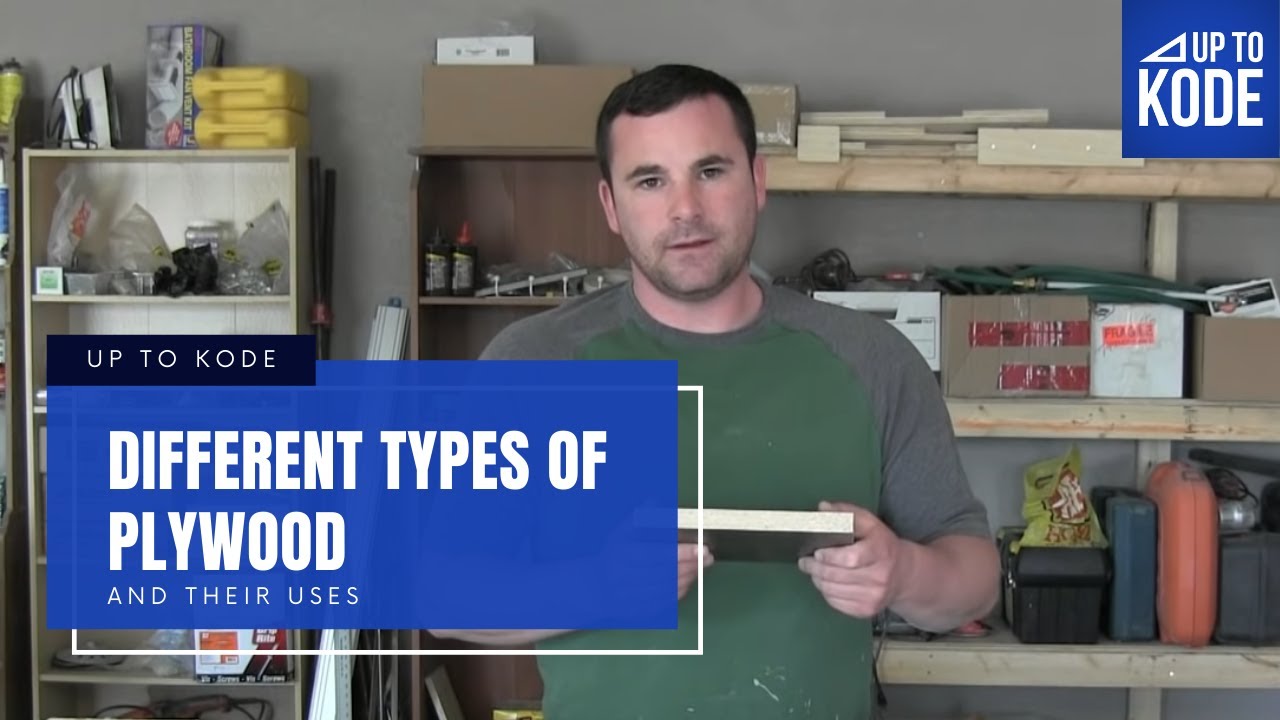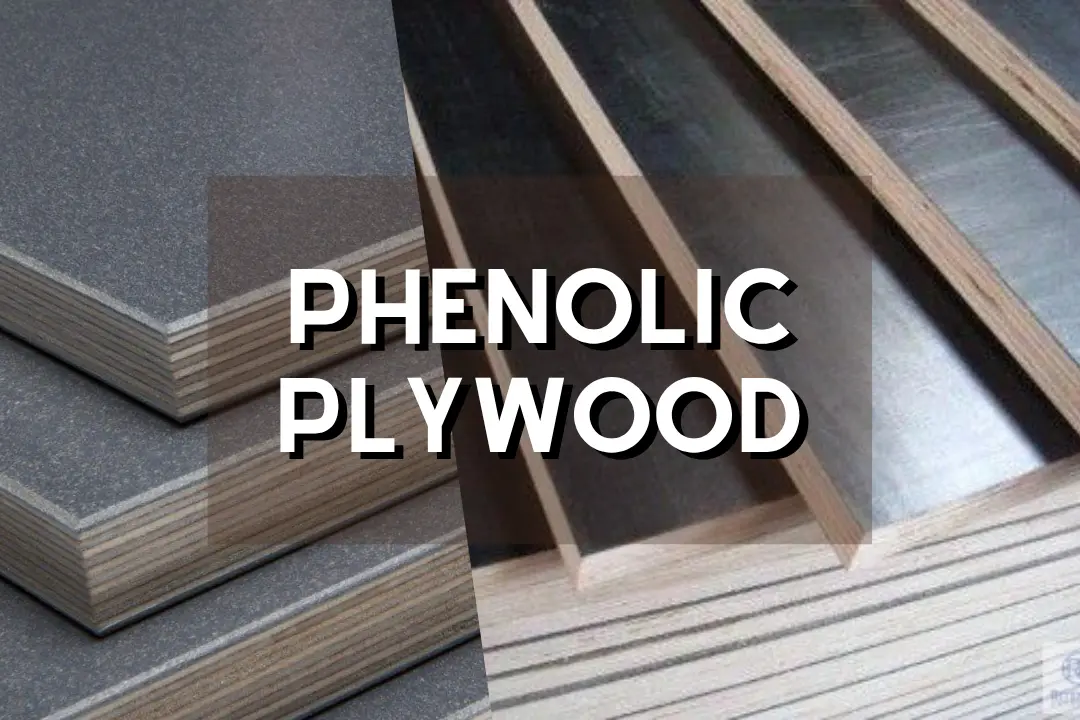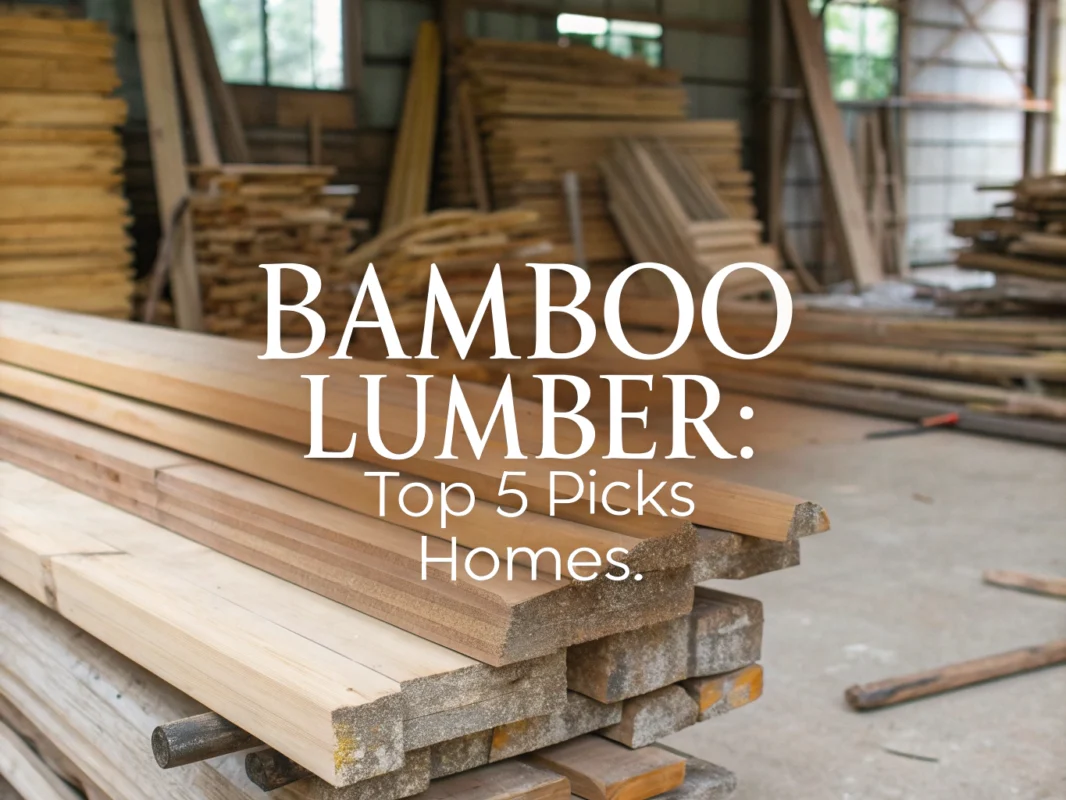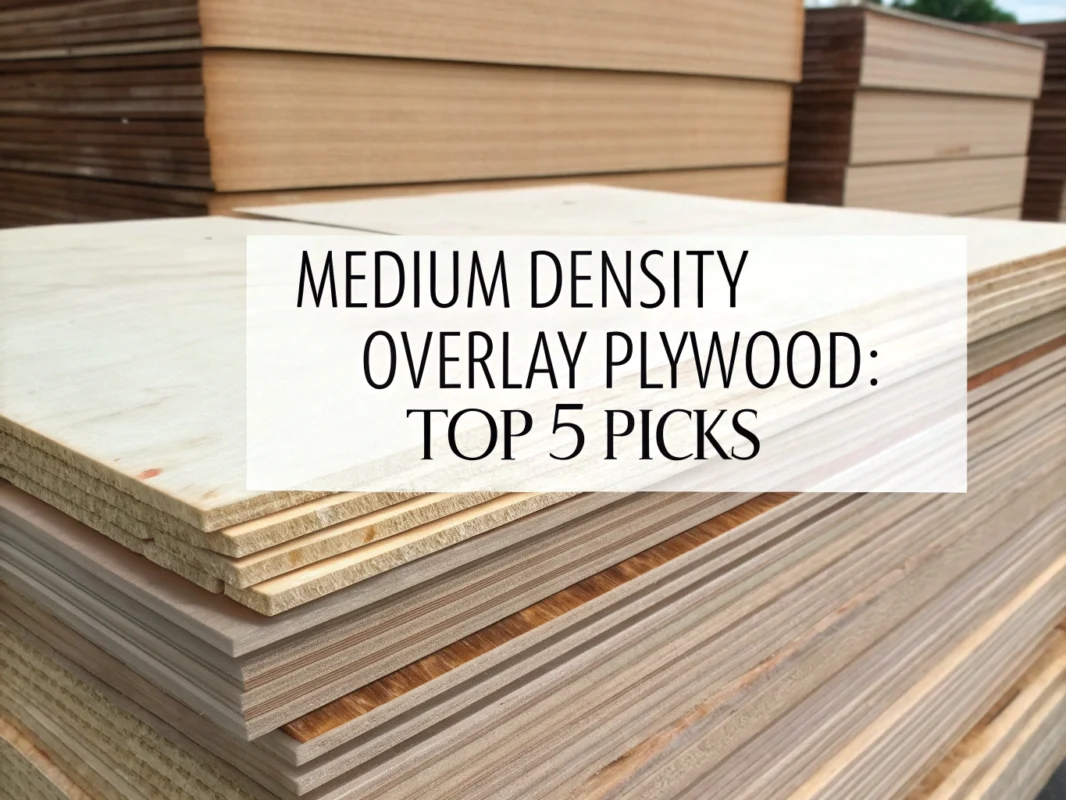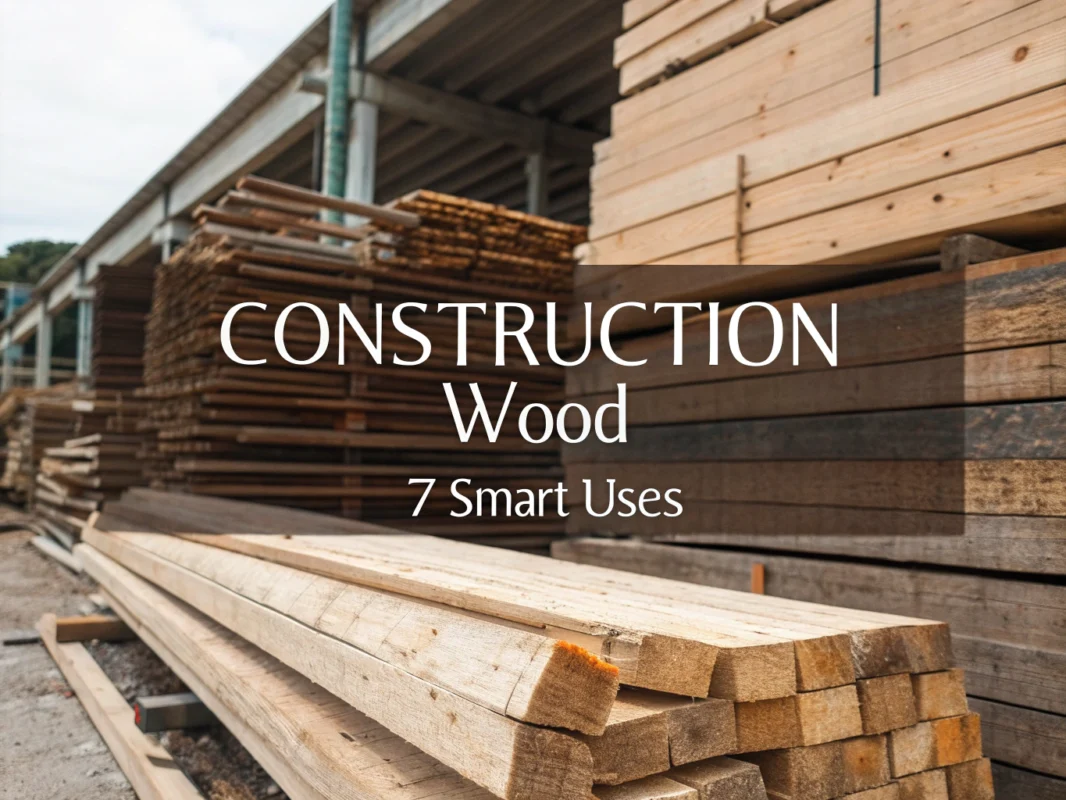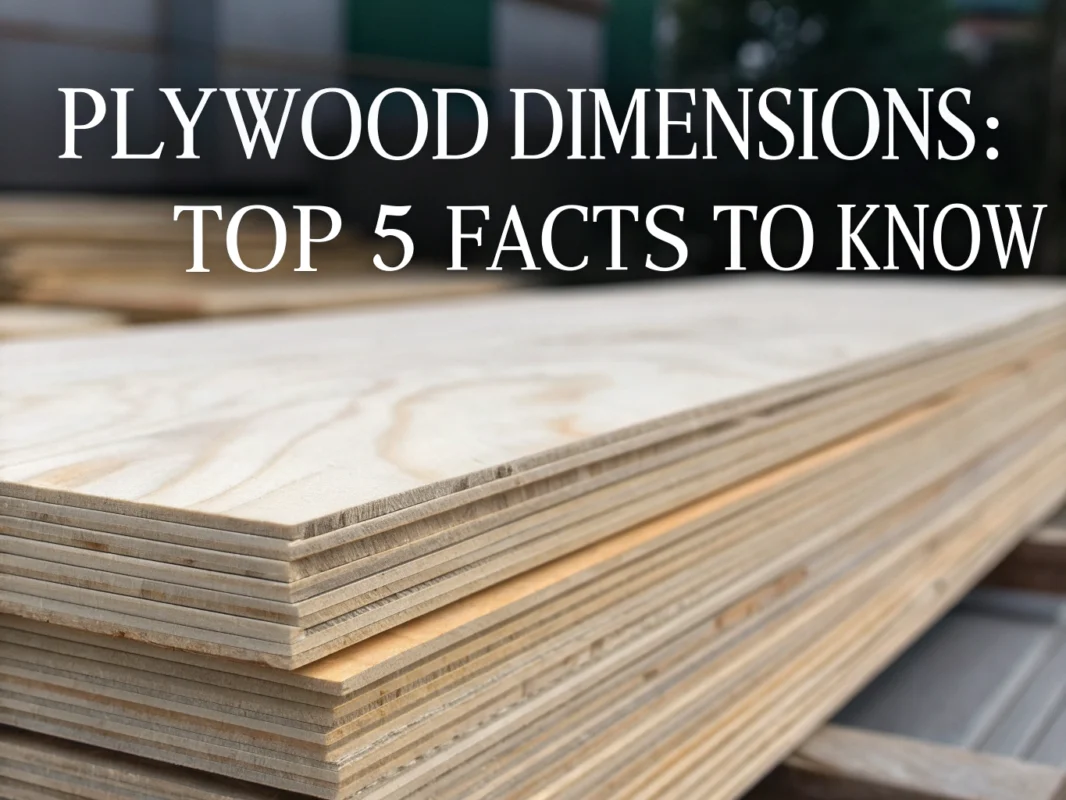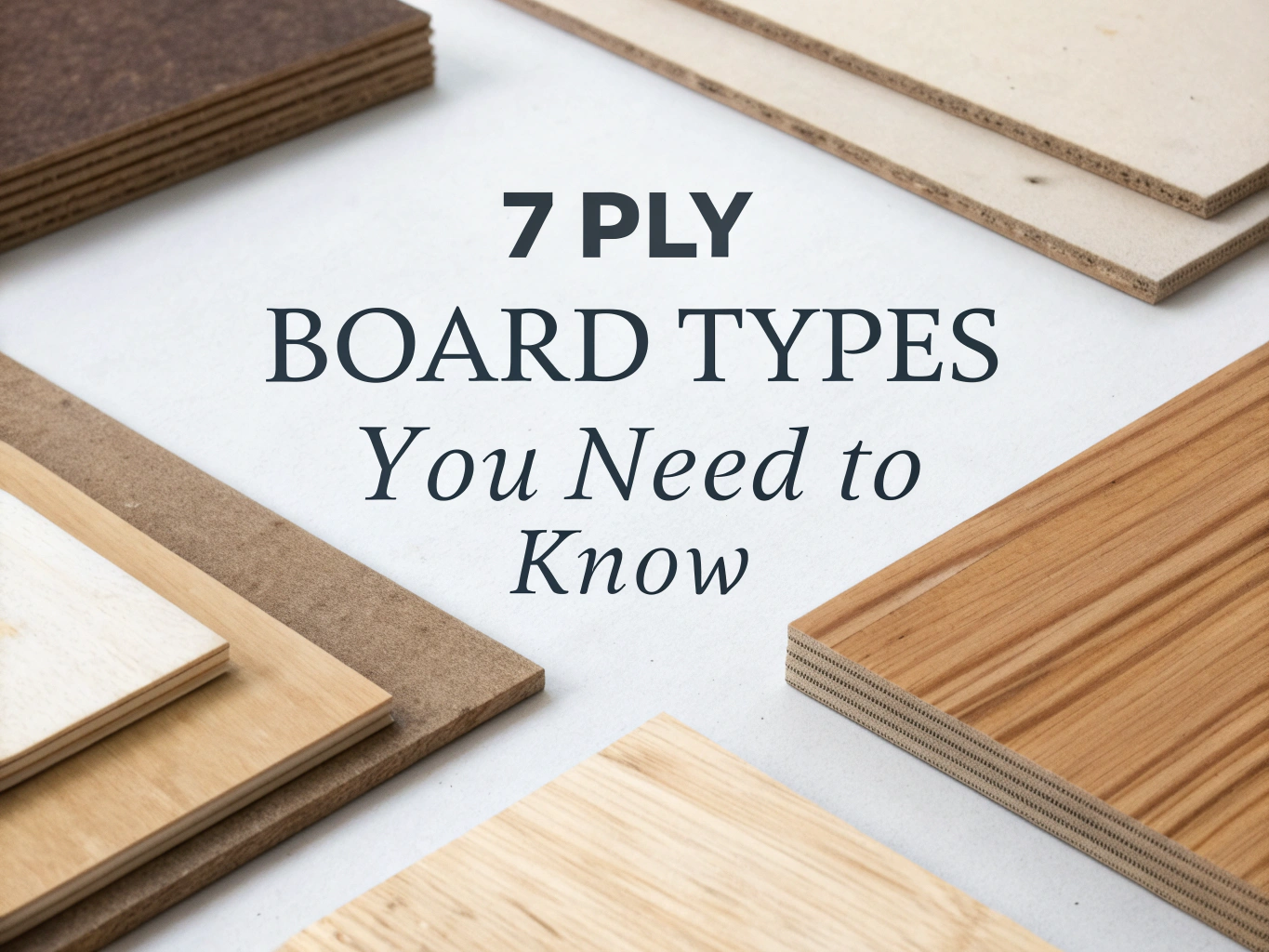
7 Ply Board Types You Need to Know

Ever wondered why some projects require different types of ply boards? With so many options out there, getting the right type can make a big difference in strength and durability. Let’s explore the 7 types of ply boards you should know to make the best choice for your next creation.
Table of Contents
Ply board types have evolved significantly in 2025, offering specialized solutions for everything from outdoor construction to intricate furniture making. With seven distinct categories ranging from weather-resistant exterior plywood to flexible bendable options, choosing the right type depends on your project’s specific requirements for moisture resistance, structural strength, and aesthetic finish.
Introduction to Ply Board Types
Ply board, commonly called plywood, consists of thin wood veneer layers glued together with each layer’s grain rotated 90 degrees from the adjacent one. This cross-grain construction creates exceptional strength and stability compared to solid wood boards.
The classification system for ply board types depends on three main factors: the wood species used (hardwood or softwood), the intended application (interior, exterior, or structural), and specific resistance properties like moisture or chemical resistance. Multi-ply boards with 7 layers offer enhanced durability and load resistance for demanding applications.
Standard plywood sheets measure 8 ft x 4 ft (2440 mm x 1220 mm) with common thicknesses ranging from 4mm to 25mm. The number of plies directly affects the board’s structural performance and determines which applications it’s best suited for.
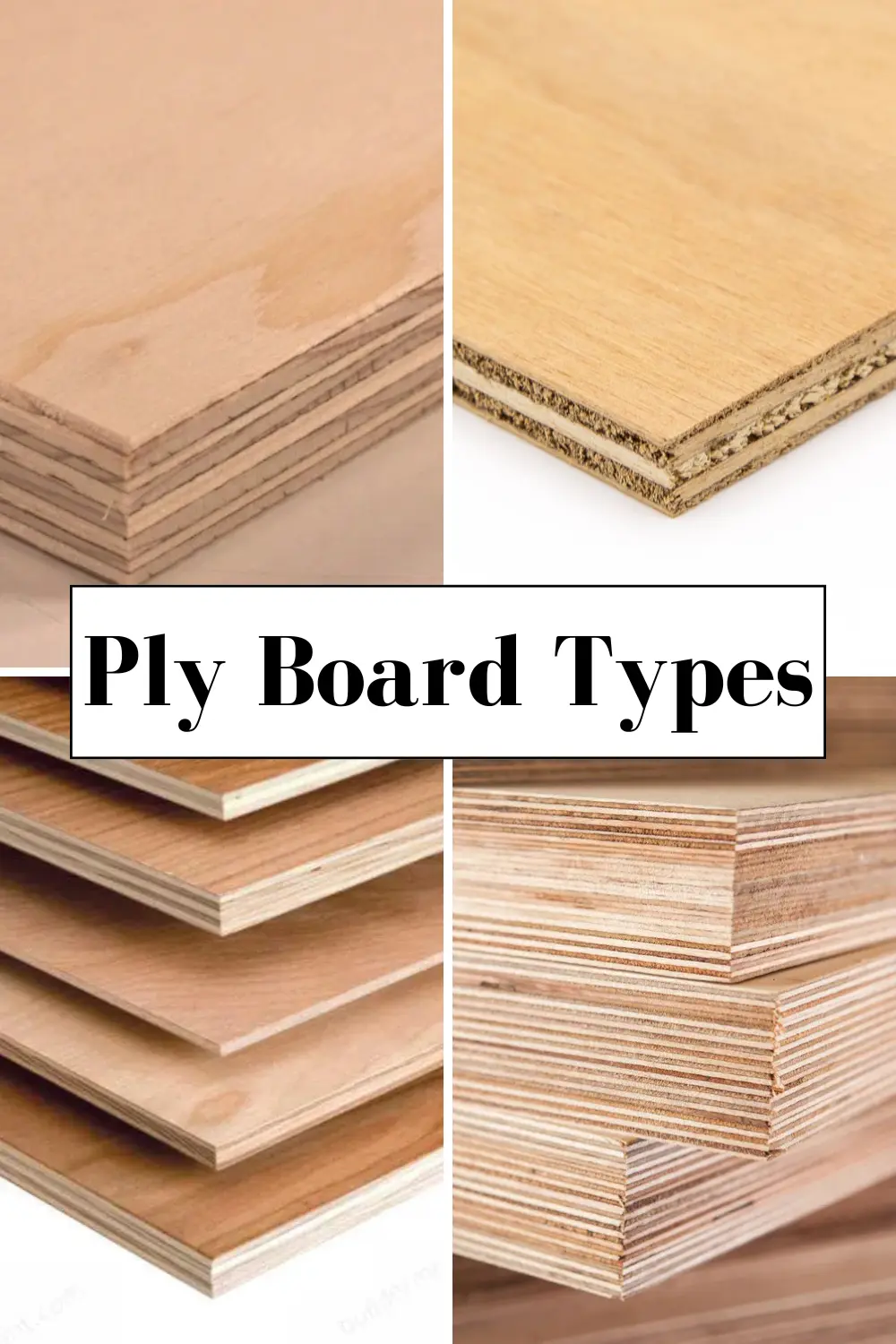
Exterior Plywood: Built for Outdoor Durability
Exterior plywood stands out among ply board types for its ability to withstand weather exposure and moisture. Manufacturers use waterproof adhesives that maintain their bond even under harsh outdoor conditions.
Two specialized options within exterior plywood include Medium Density Overlay (MDO) and High Density Overlay (HDO) boards. These feature resin-coated surfaces that provide even greater durability and a smooth finish perfect for painting. Trojan Ply notes that these overlay options excel in applications requiring long-term weather resistance.
- Exterior wall sheathing and siding
- Roofing applications and subflooring
- Garden furniture and outdoor structures
- Concrete formwork for construction
Interior Plywood: Perfect for Indoor Projects
Interior plywood uses adhesives designed for dry, controlled environments where moisture exposure remains minimal. This type costs less than exterior-grade options while providing excellent performance for indoor applications.
MR Grade (Moisture Resistant) interior plywood offers a middle ground for areas with slight humidity exposure. Mikasa Ply recommends this grade for kitchen cupboards and bathroom partition panels where some moisture resistance is beneficial.
- Furniture construction and cabinetry
- Wall paneling and room dividers
- Shelving systems and storage units
- Decorative ceiling applications
Structural Plywood: Engineering-Grade Strength
Structural plywood represents the highest strength category among ply board types, specifically engineered for load-bearing applications. This type features higher-grade veneers and strong adhesives that maintain performance under stress.
Load-bearing capabilities make structural plywood indispensable for construction projects requiring reliable strength. The boards undergo rigorous testing to meet building codes and engineering standards for safety-critical applications.
- Subflooring and floor decking systems
- Concrete formwork and bracing
- Structural framing components
- Industrial flooring applications
Flexible Plywood (Bendable Ply): For Curved Designs
Flexible plywood features a specialized core construction that allows easy bending for curved designs and non-linear surfaces. This unique property opens up creative possibilities that rigid plywood can’t accommodate.
The bending capabilities have limitations based on thickness and grain direction. Thinner flexible plywood bends more easily, while thicker sheets require gradual forming to avoid cracking or delamination.
- Custom furniture with curved elements
- Boat building and marine applications
- Architectural features like arches
- Reception desks and curved counters
Hardwood vs Softwood Ply Board Types
Hardwood Plywood Benefits
Hardwood plywood uses species like birch, oak, or maple for superior strength and fine surface finish. This type costs more than softwood alternatives but delivers exceptional quality for high-end applications.
Baltic Birch stands out as a premium hardwood option known for exceptional stability and clean, smooth surfaces. Sharon Ply highlights its popularity among professional woodworkers for precision projects requiring consistent quality.
Softwood Plywood Applications
Softwood plywood uses species like pine, cedar, or redwood for general construction and utility purposes. This type offers good strength at lower cost, making it ideal for structural applications where appearance isn’t critical.
Oriented Strand Board (OSB) competes with traditional softwood plywood in many construction applications. OSB uses compressed wood chips arranged in specific orientations, creating a cost-effective alternative with adequate structural properties for sheathing and subflooring.
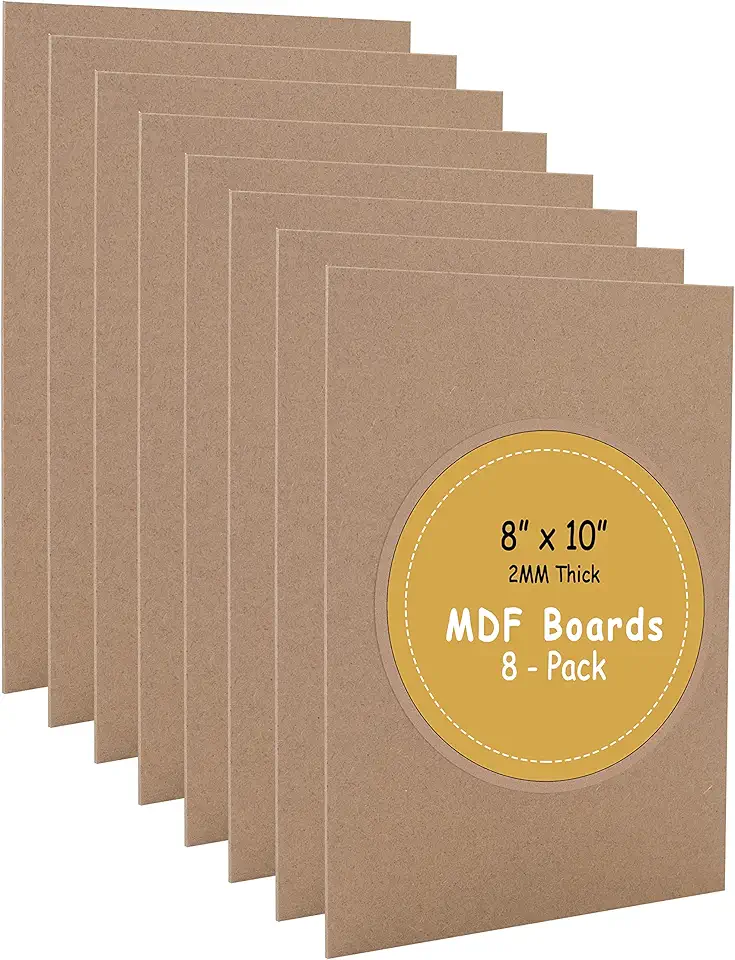
MDF Boards for Crafts - 8 Pack
- Perfect for carpentry and crafting projects
- 2mm thick boards for sturdy construction
- Smooth, unfinished sides for easy finishing
- Sanded edges for safe handling
- Versatile size for various applications
Understanding Plywood Grades and Standards
Veneer grade classifications use letters to indicate surface quality and defect levels. Grade N represents the highest quality with minimal flaws, while Grade D contains more defects suitable only for structural applications.
Forest Plywood explains that Grade A offers smooth surfaces easy to paint, Grade B allows minor flaws, and Grades C and D work for structural use where appearance doesn’t matter. Understanding cabinet plywood grades helps you select the right quality level for your project.
Moisture resistance ratings include MR (Moisture Resistant), BWR (Boiling Water Resistant), and BWP (Boiling Water Proof). These ratings indicate the board’s ability to withstand different moisture exposure levels, making them critical for kitchen and bathroom installations.
CDX Grade plywood combines C and D grade veneers with exterior-grade adhesive. This specification works well for utility applications like subflooring and sheathing where structural performance matters more than appearance.
Choosing the Right Ply Board: Sizes, Thickness, and Applications
Standard sheet dimensions of 8’x4′ work for most applications, though custom sizes are available for special projects. Thickness selection depends on structural requirements, with 12mm and 18mm being most common for furniture and joinery work.
Matching board type to project requirements involves considering moisture exposure, load requirements, and finish quality needs. Cost versus performance analysis helps determine whether premium grades justify the additional expense for your specific application.
For specialized applications, consider options like sande plywood for lightweight projects or marine plywood for boat building. Luan plywood offers another alternative for specific decorative applications where smooth surfaces are important.
Always verify that your chosen ply board type meets local building codes and certification requirements. This ensures both safety and performance for your project while avoiding potential issues with inspections or long-term durability.
FAQs
What Are The Different Types Of Plywood Available?
There are several types of plywood available, including softwood, hardwood, tropical, aircraft, decorative, flexible, and marine plywood. Each type is designed for specific uses and environments, offering different levels of strength, flexibility, and resistance to moisture.
How Do I Choose The Right Type Of Plywood For My Project?
To choose the right type of plywood, consider your project’s requirements such as strength, moisture resistance, and appearance. Softwood plywood is suitable for structural applications; hardwood plywood is ideal for furniture; marine plywood is best for moisture-prone areas; and flexible plywood can be used for curved surfaces.
What Is The Difference Between Marine Plywood And Regular Plywood?
Marine plywood is specifically treated to withstand moisture and humidity, making it ideal for use in marine environments or areas with high moisture exposure. It has fewer voids and is constructed with waterproof adhesive, whereas regular plywood is more general-purpose and may not perform well under constant moisture exposure.
Is There A Difference Between Plywood And MDF?
Yes, plywood and MDF differ significantly. Plywood is made from thin layers of wood veneer glued together, offering strength and flexibility. MDF, or Medium-Density Fiberboard, is made from wood fibers compressed with resin, resulting in a denser, smoother material that is ideal for painting and interior applications but not as strong or moisture-resistant as plywood.
What Are The Advantages Of Using Birch Plywood?
Birch plywood is known for its strength, stability, and attractive appearance. It offers a smooth finish that takes stains and paints well, making it ideal for furniture and cabinetry. Additionally, it has excellent screw-holding strength and is resistant to warping and cracking.
